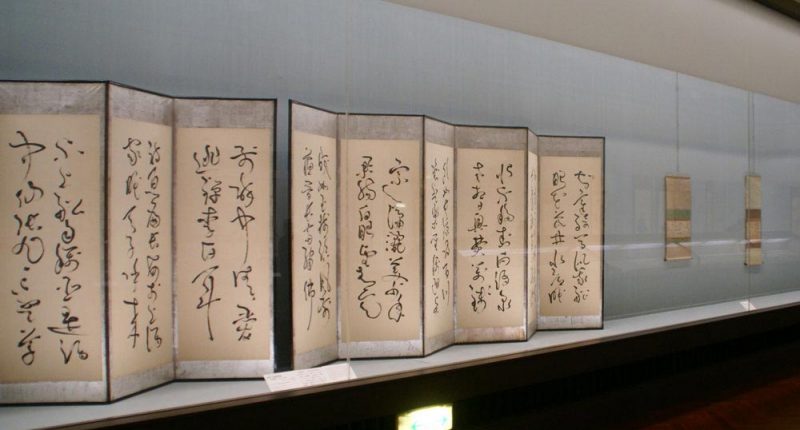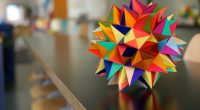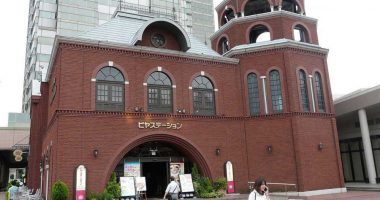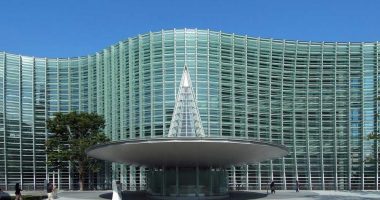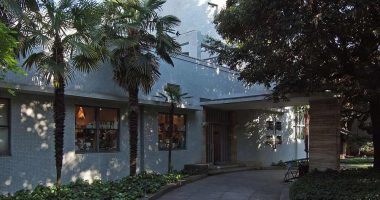The Calligraphy Museum holds important collections for the Chinese and Japanese calligraphy histories, which were collected by a Western-style painter and oriental calligrapher Fusetsu Nakamura (1866-1943) for more than 40 years, almost half his life. Since the foundation in 1936, the museum had been maintained by the Nakamura family for 60 years, but it was donated to Taito City in 1995 and reopened as Taito City Calligraphy Museum in 2000.
Calligraphy museum houses approximately 16,000 pieces of Chinese and Japanese fine arts such as bones and tortoise-shells containing inscriptions from the Yin period, bronze ware, gemstone artifacts, ancient mirrors, decorative roof tile, ceramic jars, clay seals, stone seals, stone sutras, legal documents, Buddha statues, stone inscriptions, gravestone epitaphs, stationery, rubbed copies of stone inscription, Buddhist sutras, and calligraphy textbooks. Twelve art pieces have been designated as Important Cultural Properties and five pieces as Art Treasures.
